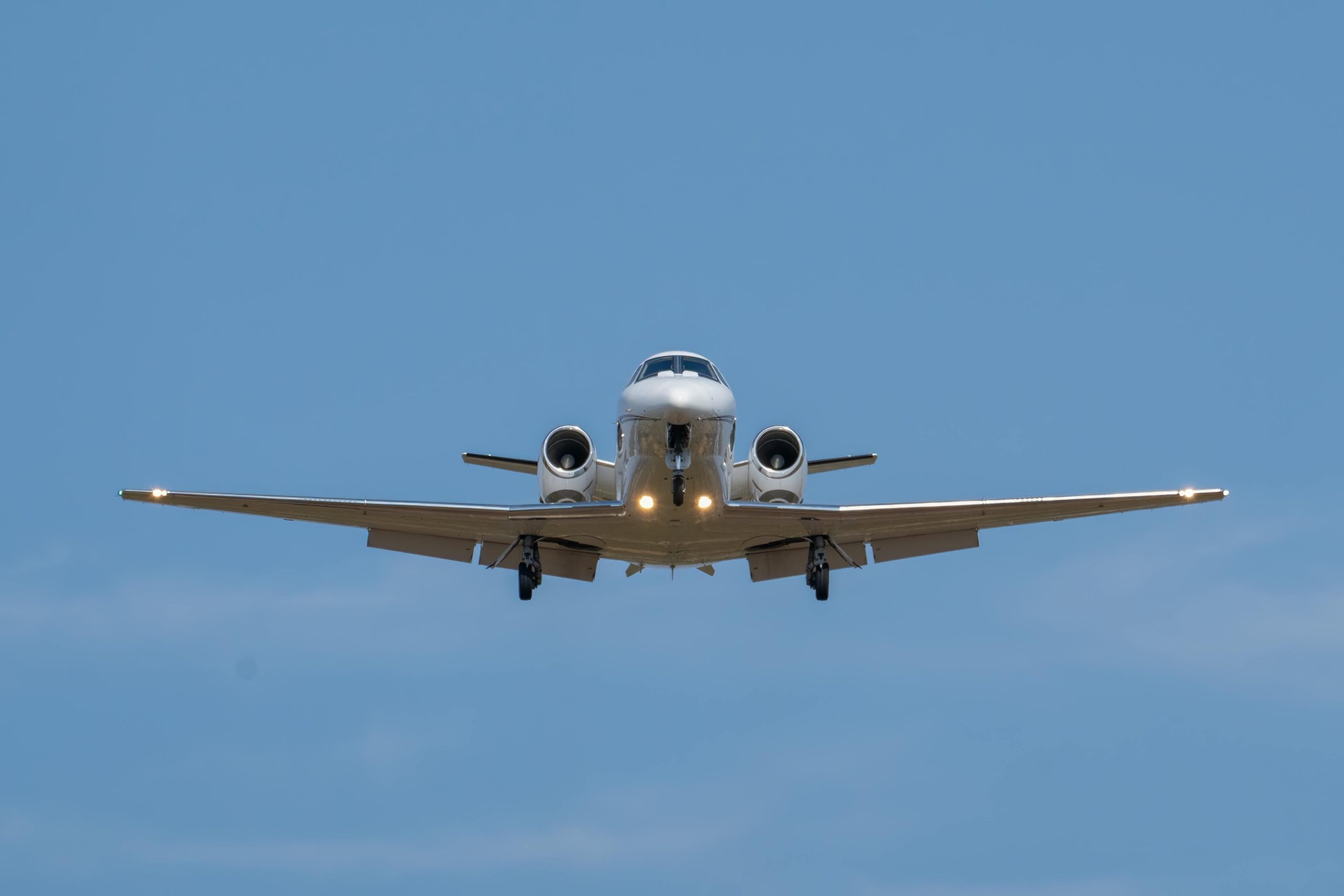 Speed enroute is a nice problem to have—flying fast enough that you actually need to worry about speed limits. Since student pilots spend most of their training days flying less than 100 knots, the idea of going too fast in an airplane can sound like a luxury. But yes, there are speed limits, and pilots are expected to know and follow them.
Speed enroute is a nice problem to have—flying fast enough that you actually need to worry about speed limits. Since student pilots spend most of their training days flying less than 100 knots, the idea of going too fast in an airplane can sound like a luxury. But yes, there are speed limits, and pilots are expected to know and follow them.
The two most common restrictions are found in 14 CFR §91.117:
- 250 knots indicated airspeed below 10,000 feet MSL (§91.117(a)). This is a blanket rule that applies to all aircraft unless specifically authorized otherwise.
- 200 knots indicated airspeed in certain areas (§91.117(b) & (c)). Specifically:
- Within 4 nautical miles of the primary airport of a Class C or D airspace, at or below 2,500 feet AGL (§91.117(c)).
- Beneath the lateral limits of Class B airspace (§91.117(b)).
These rules exist for good reason: they help air traffic controllers keep busy airspace safe and predictable, especially where fast-moving jets and slower GA airplanes mix.
And yes, in case you’re wondering, there’s still one speed limit you can’t break: no supersonic flight over land in the U.S. without authorization per §91.817.
So while your Cessna 172 may not tempt you to test these limits, it’s important to understand them—because someday you might be flying something that will.






